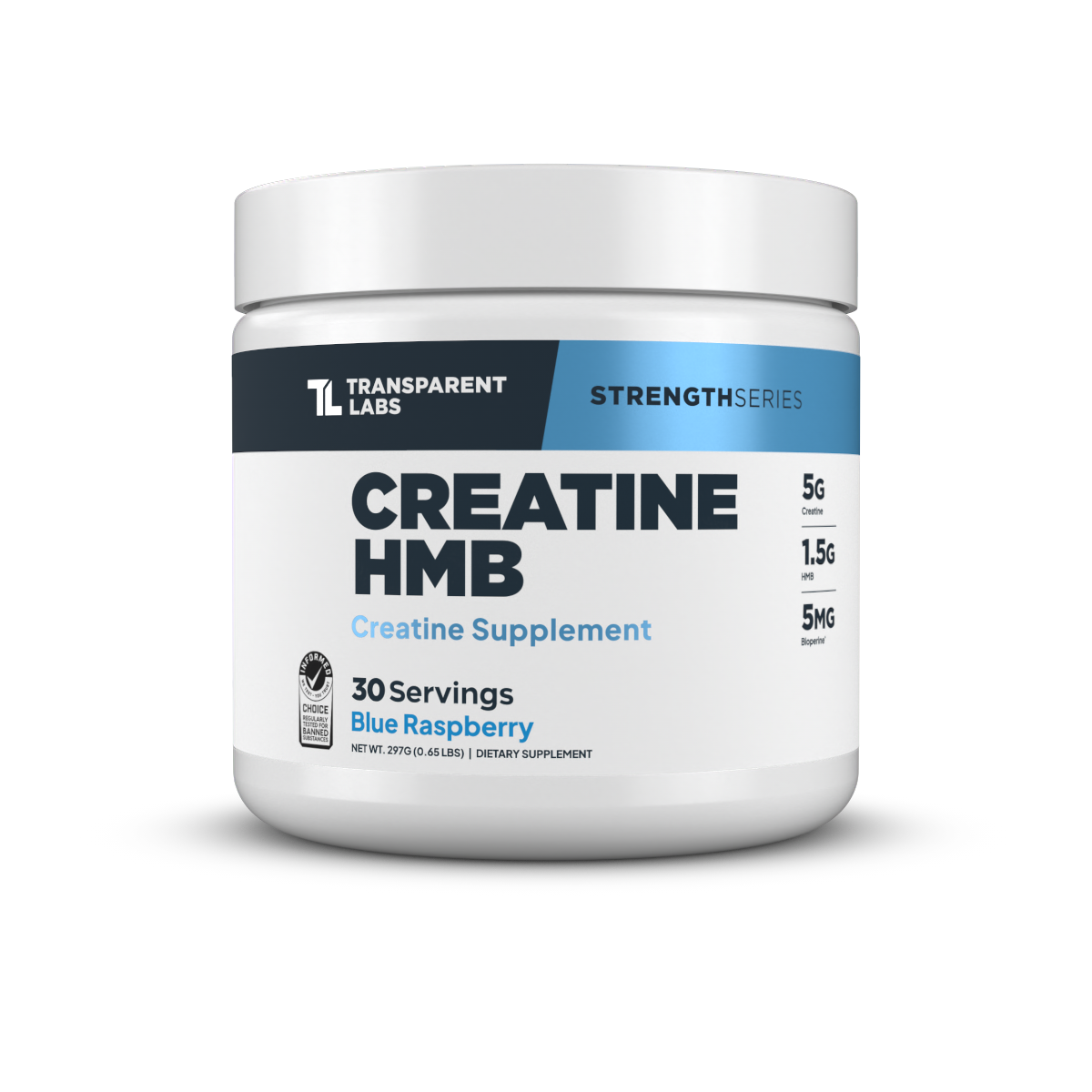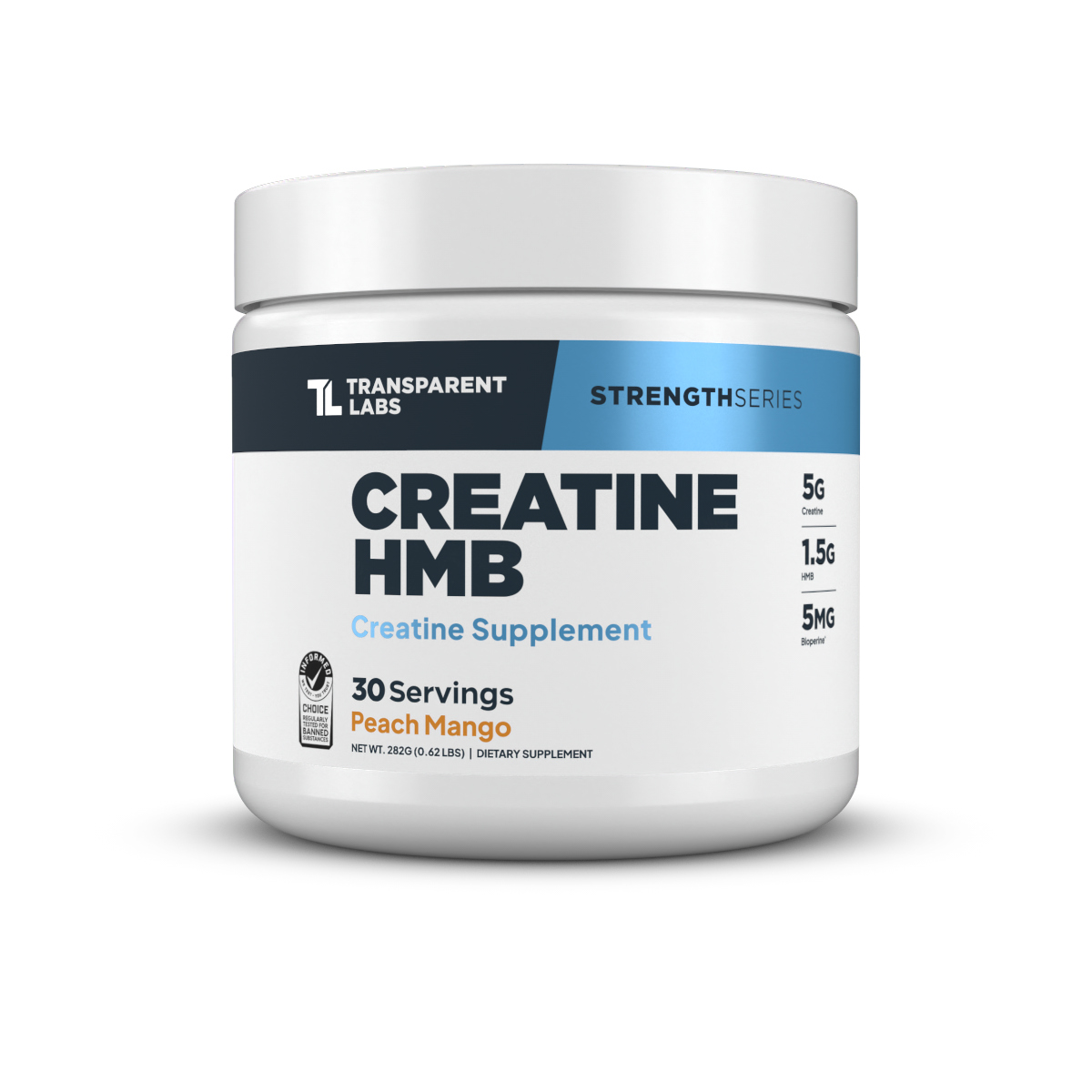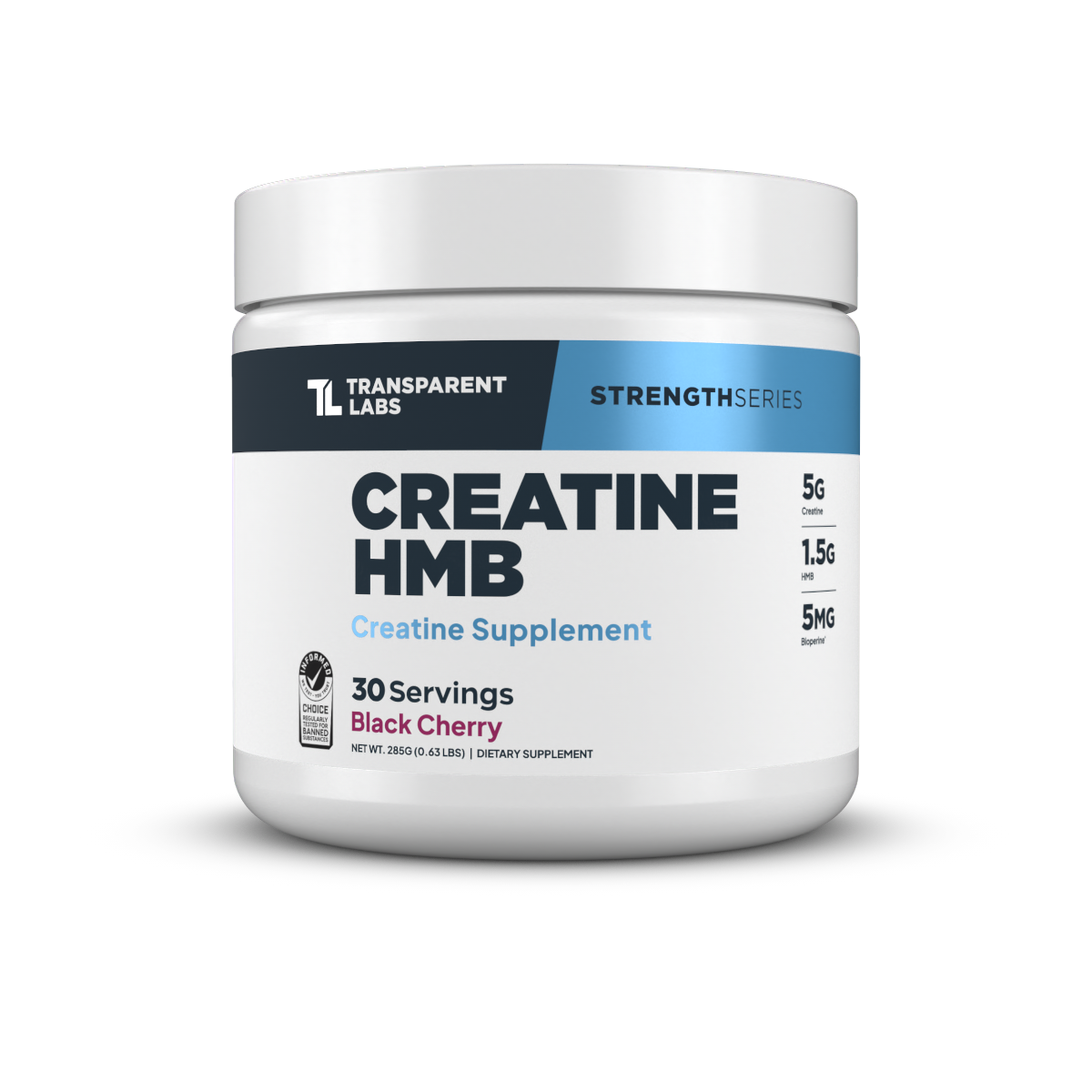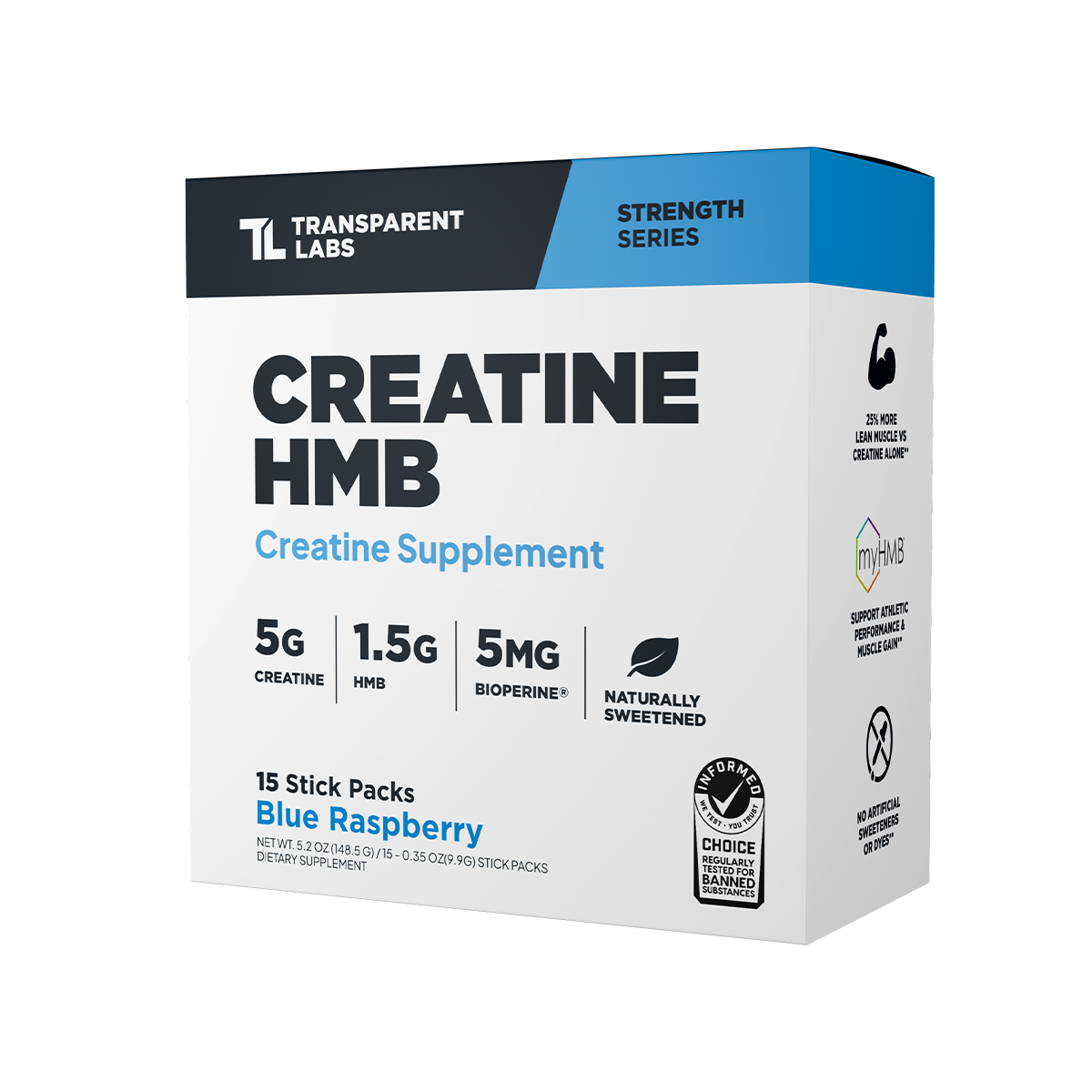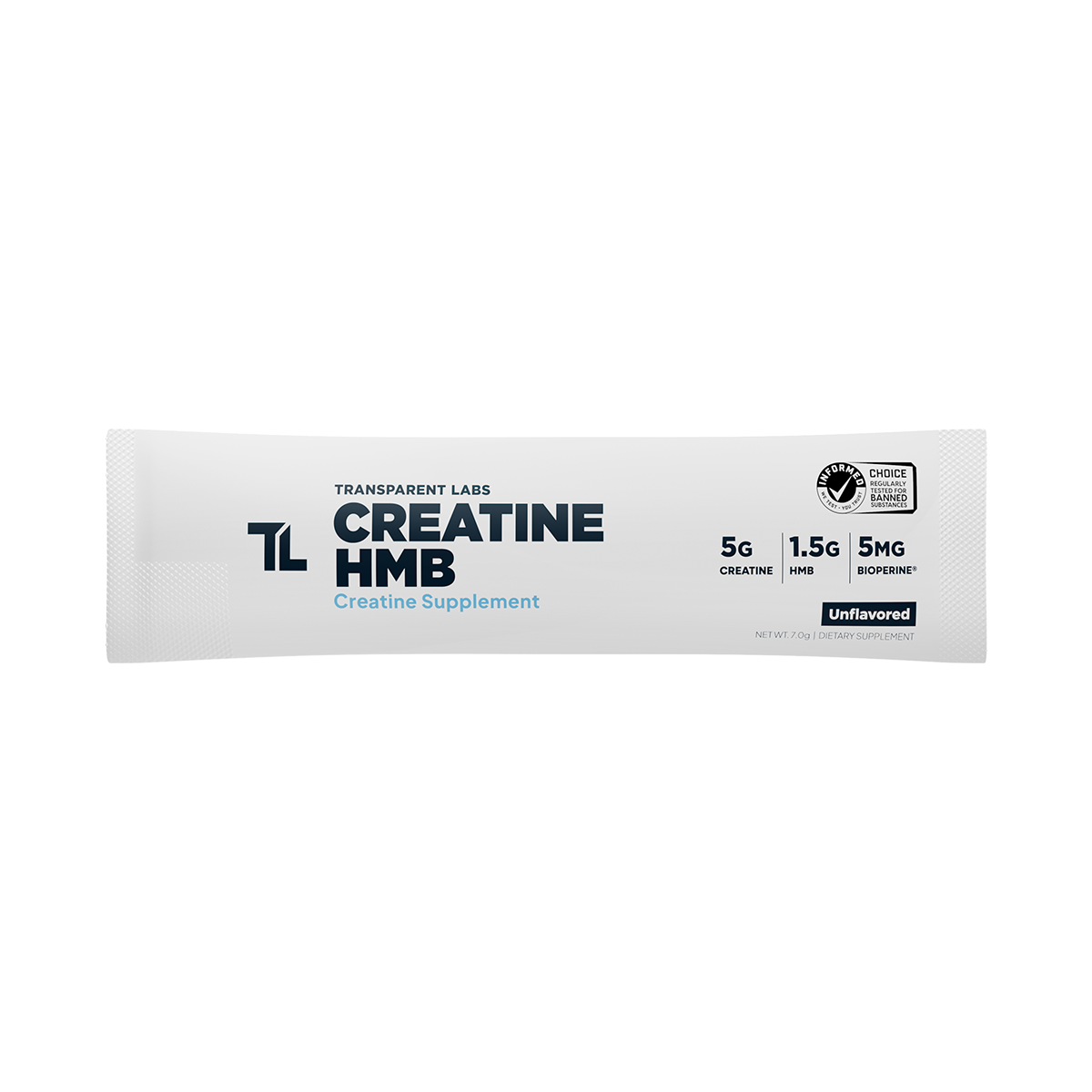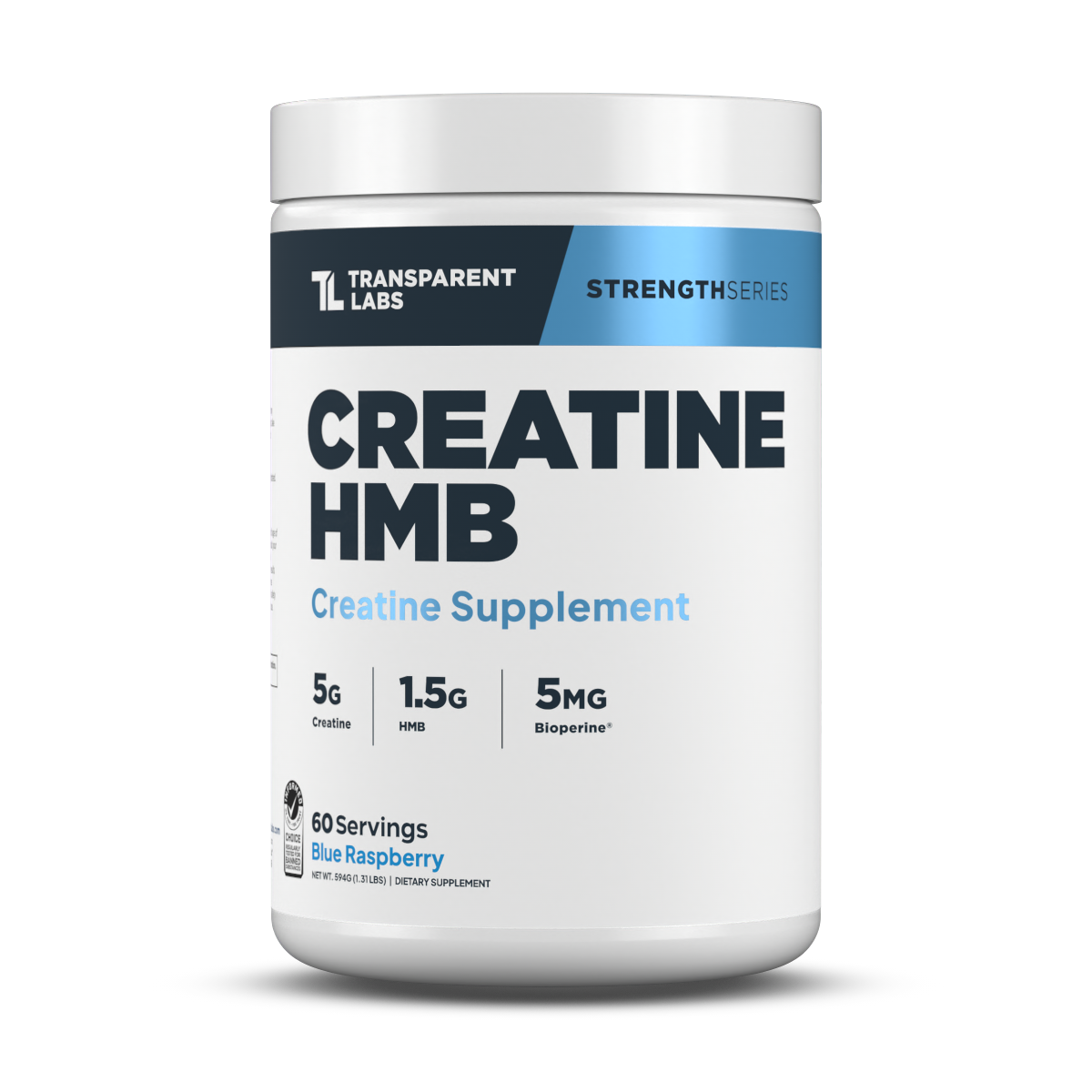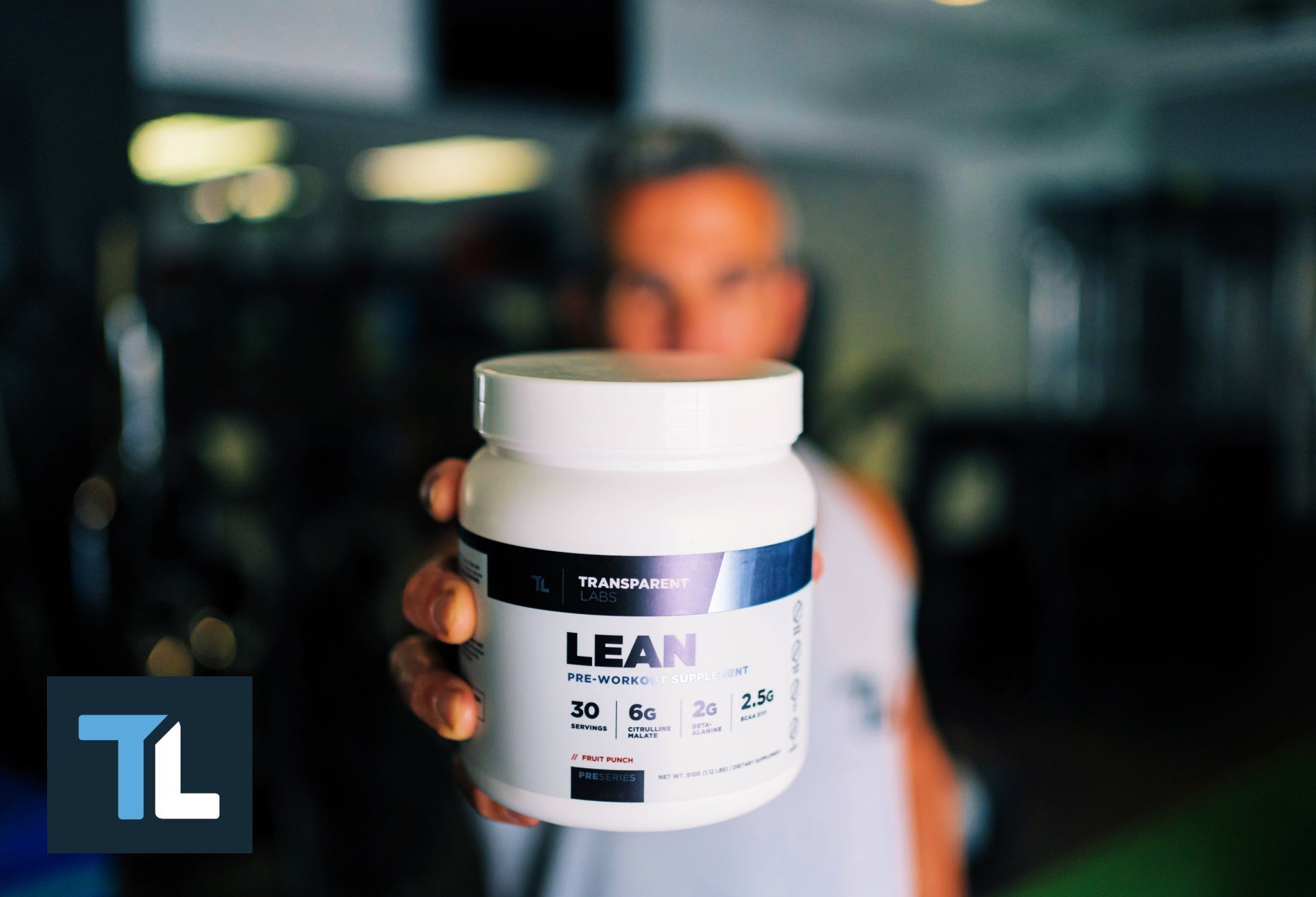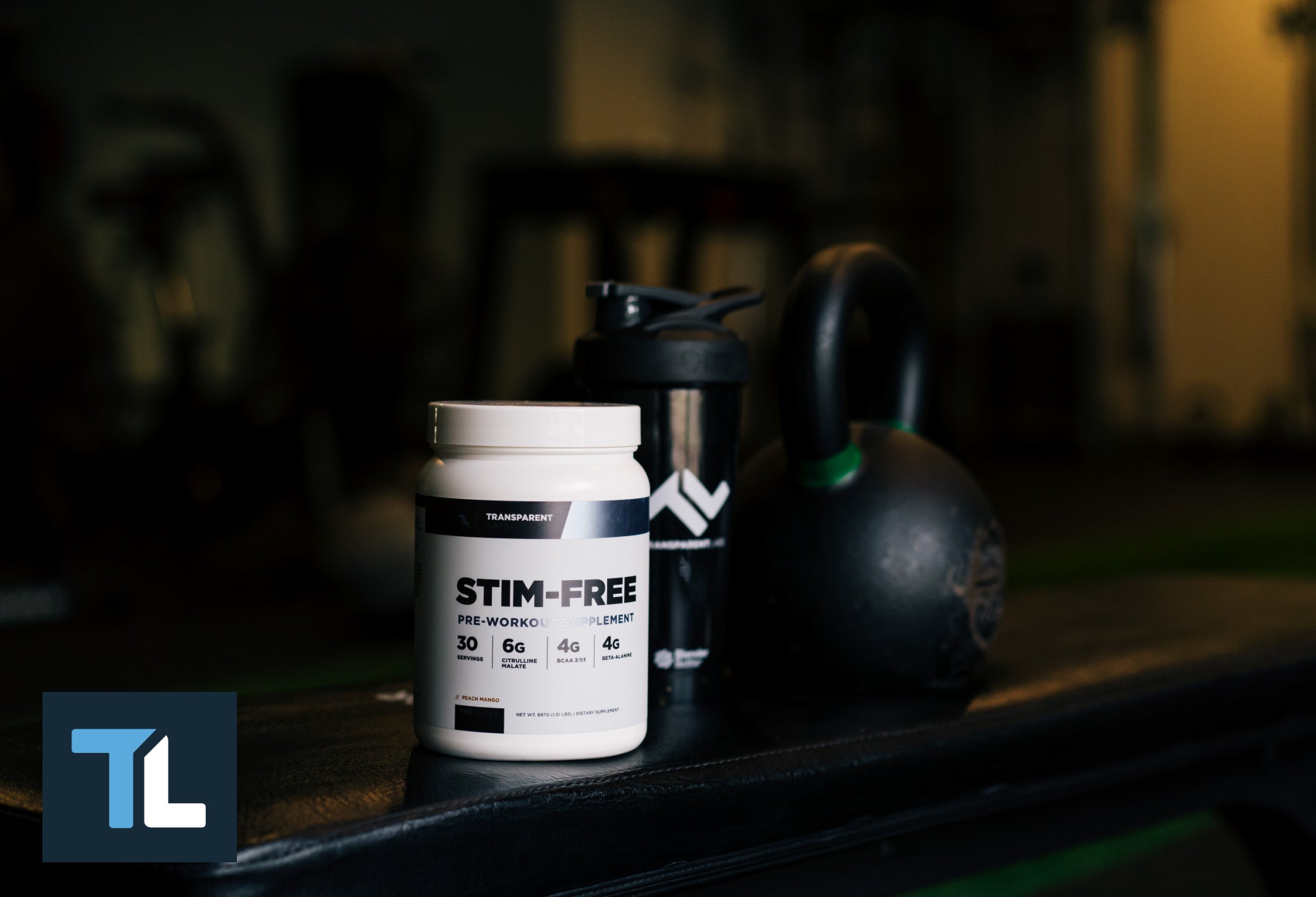How Unilateral Training Can Help You Build Muscle and Strength
Have you ever wondered if the exercises you're doing at the gym transfer to real-life functional movements? Let's use the bench press as an example. Sure, this type of exercise is excellent for building strength, but how often do we actually replicate such unilateral movement in daily life?
Probably not too often.
Training unilaterally can offer a range of benefits in the gym and in the real world. Since many of our everyday movements require an unequal distribution of weight to one side of our body (e.g. carrying groceries, opening doors, stepping up onto an elevated surface, etc.), unilateral movements not only assists in strengthening our muscles, but also improve our balance, range of motion, and proprioception to carry out these tasks with ease.
Read on to learn more about unilateral exercises, how they compare to bilateral movements, and the important features of contralateral and ipsilateral training styles that can help you build muscle, strength, and functional health.
Unilateral vs. Bilateral Movements
For many years, the debate over unilateral vs. bilateral exercises has caused a stir in the strength and fitness community.
In one corner, we have unilateral exercise movements which emphasize one side of the body, working each limb independently of the other to perform a movement. Common examples of single-limb exercises include a one-arm shoulder press, a one-arm bicep curl, or a single-leg deadlift. A single set of unilateral exercises requires isolated movements on one side of the body, then again on the other side [1].
In the other corner, we have bilateral movements, also known as compound exercises which require the use of both limbs simultaneously to move a given load. Common compound exercises include squats, Romanian deadlifts, a barbell bench press, or lat pull-downs.
Benefits of Unilateral Training

Compared to compound exercises, unilateral training targets the functional strength of one side of the body at a time. As a result, unilateral exercises help prevent muscle overuse, overtraining, or over-compensation.
According to Ace Fitness, the purpose of isolating one side of the body through unilateral training can help correct muscle imbalances, prevent injuries, assist with rehabilitation, and recruit more muscle fibers to develop greater strength and power [2].
Another benefit of unilateral movements is that they contribute to building greater core strength and stabilization. The use of asymmetrical force to perform an exercise properly will require far more core activation to help you maintain balance and keep you from falling over.
Benefits of Bilateral Training
Bilateral exercises are beneficial for loading more weight during an exercise to help produce greater absolute force. Having evenly distributed weight, compound exercises allow us to produce peak force to help with strength gains and muscle building [3].
Though most compound movements require some core strength such as a back squat or deadlift, it is not nearly as crucial compared to that of a unilateral exercise.
Contralateral vs. Ipsilateral Exercises
Contralateral and ipsilateral are both unique movements that can offer impressive strength gains, increased central stability, and improved range of motion when performed correctly.
Contralateral Movements
Contralateral movements involve loading muscles on the opposite side of the body. An example of this is the contralateral load split squat. Using one dumbbell in your right hand, step forward with your left foot and drop down into a lunge position. As you lower both knees down to the floor, the weight of the dumbbell will encourage balance throughout the movement.
This style of exercising has become so popular that it's described in research as the "contralateral strength training effect", where training one side of the body can increase muscle strength on the other side [4]. Along with improving strength gains, studies have also found that contralateral training has been proven to reduce the effects of delayed onset muscle soreness [5].
Ipsilateral Movements
Ipsilateral movements are those that load muscles on the same side of the body. Using the same example as above, we can transform this exercise into an ipsilateral loaded split squat by holding the dumbbell with the left hand and stepping forward with the left foot to perform a spit squat movement. This uneven weight distribution can cause imbalances throughout the core, requiring greater muscle activation and focus to stabilize the torso.
Best Unilateral Exercises
When preparing your unilateral training program, it's important to set up your session starting with compound exercises followed by your single-limb exercises. This helps to prevent injury by avoiding muscle fatigue during heavy compound lifting techniques.
Here are some extra unilateral training tips to keep in mind when programming:
-
Complete the same number of reps on each side (left and right)
-
Start all the reps with the weaker limb before moving on to the dominant side
-
Focus on movement quality over the quantity of weight of reps
-
Define a specified rest interval between each side (or after completing both sides)
Lower Body Unilateral Exercises
-
Cable glute kickback
-
Forward lunge
-
Backward lunge
-
Single-leg or "pistol" squat
-
Box step-up
-
Bulgarian split squat
-
Single leg deadlift
Upper Body Unilateral Exercises
-
One-arm dumbbell shoulder presses or lateral raises
-
One-arm rows or chest presses
-
One-arm standing dumbbell rows
-
One-arm cable row
-
One-arm triceps extensions and biceps curls
-
Half kneeling land mine press
-
Side plank crunch
Best Contralateral Exercises
Performing exercises that engage the opposite side of the body at one time (i.e. right arm and left leg), require less focus and offers a higher range of motion potential [6]. For instance, offsetting the weight of a Bulgarian split squat with a dumbbell in the opposite arm can help guide your knee to drop lower and improve stability through the hamstrings.
Here are some of the best contralateral exercises:
-
Forward lunge with shoulder press
-
Curtsy lunge with dumbbell row
-
Push-up with dumbbell triceps kickback
-
Single-leg glute bridge with single-arm dumbbell chest press
Best Ipsilateral Exercises
Ipsilateral exercises require a little extra focus and coordination to execute properly. Since all of your strength is coming from two limbs on the same side (i.e. right arm and right leg), the imbalance forces increased stability demands and coordinated muscle activation to stabilize your core.
Here are some of the best ipsilateral exercises:
-
Side lunge
-
Forward lunge
-
Dead bug
-
Backward lunge
-
Single-leg deadlift
-
Single-leg or "pistol" squat
-
Box step-up
Start Training Unilaterally!
Training unilaterally can help provide the foundation for building strong, well-balanced muscles. Since many of these single-limb exercises mimic movement patterns we do in daily life, these movement patterns can help minimize the risk of injuries, improve balance, and support our day-to-day functioning.


